Taking kids’ recycling fascination to another level
For immediate release
Friday, 1 July 2022
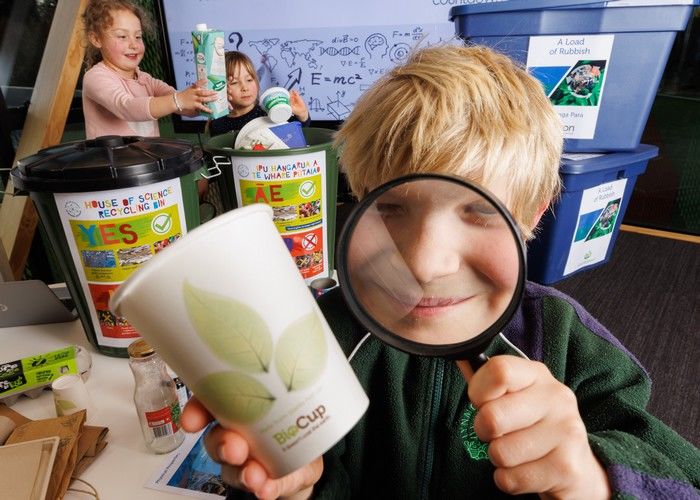
Kids are fascinated with rubbish and recycling - their eyes light up as a recycling truck rumbles up to their house, and parents are often asked some tricky questions they don’t know the answer to.
However, schoolchildren around New Zealand are now learning the answers to every query that might cross their minds, plus a lot more about the circular bioeconomy, with a new House of Science kit called A Load of Rubbish developed with Scion Crown Research Institute scientists and launched at Te Whare Nui o Tuteata in Rotorua last night.
Countdown, which is on a journey to make its own brand packaging 100 percent reusable by 2025, provided sponsorship for the development of the kit. Thirteen kits have now been sponsored by various organisations. These will reach more than 7,000 school children each year.
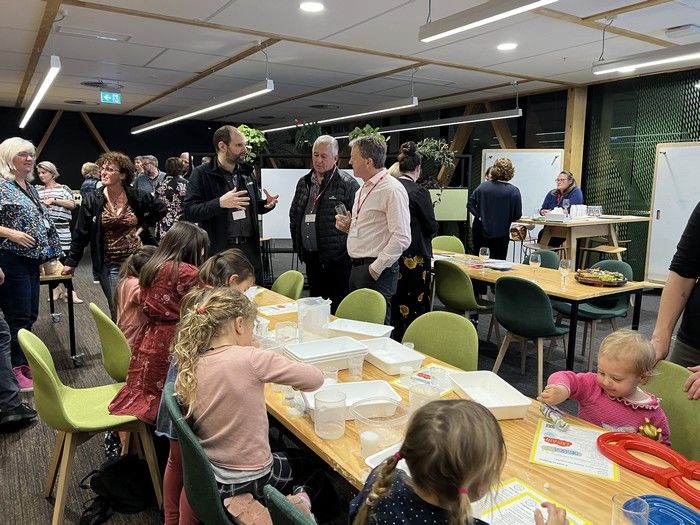
House of Science is a charitable trust that offers a subscription-based library system of science kits for New Zealand schools. The bilingual (English and Māori) science resource is for children in years 1 - 8. By applying scientific principles, students learn how to identify and solve environmental problems, sparking an interest in making informed choices on sustainable packaging materials and their end-of-use.
House of Science director Chris Duggan says the launch was wonderful with local schools attending a professional development session, followed by a public launch with a wide array of stakeholders including Plastics NZ, Usedfully, Te Uru Rakau and Rotorua Trust.
”This kit highlights key concepts about our disposable society and challenges students to think carefully about everything they consume. It was an honour to work with scientists at the cutting edge of this research and to celebrate the kit’s launch together.”
The kit was initially tested by Te Puke Primary, one of House of Science’s test schools in the Bay of Plenty. Teacher Karen Scott says she was impressed by the discussion and learning that the kit generated.
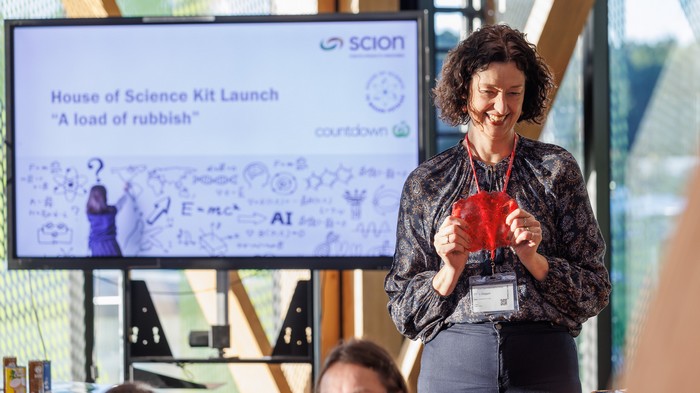
“For the ‘Recycling in NZ’ activity, the students enjoyed locating the numbers on each plastic item in the kit which needed to be sorted into different categories. They were keen to do a rubbish pick-up at school and locate the resin identification code on each item they found.
Scott also says the do-it-yourself plastic experiment was a fun and hands-on activity as the students made bioplastics using cornstarch, vinegar, glycerol and food colouring.
Scion Distributed and Circular Manufacturing portfolio lead Marc Gaugler explains the team at Scion and the House of Science are helping teachers understand how a circular economy is based on designing out waste and pollution, keeping products and materials in use, and regenerating natural systems. It operates very differently from a linear economy - where most materials are only used once and then become waste.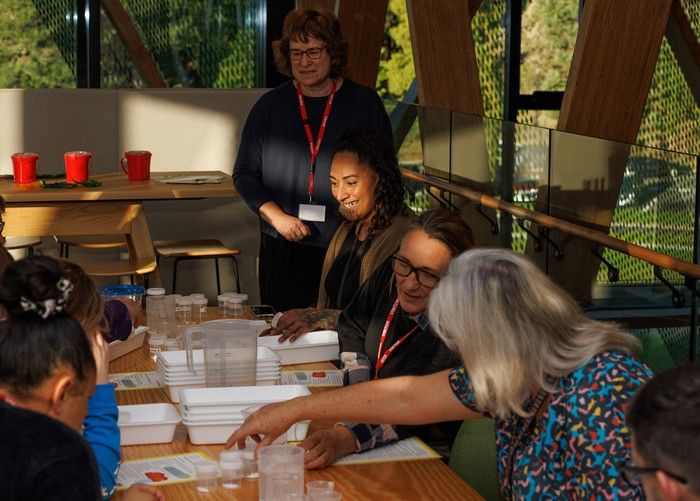
“The first and most important step when deciding to make or design a new product or material when thinking in ‘circular economy’ mode, is to think is it really needed, or would it just end up in the rubbish?
“The ‘Straws suck’ activity was excellent for this because straws are something that kids are very familiar with and there are so many different options available. As well as exploring a straw’s function by looking at the physical properties of the different straws, we were hoping that at the end of this activity the question would be – do we really need straws in the first place?”
Gaugler explains that the Government has committed to implementing circular economy concepts as part of its 2025 Plastics Declaration and 2050 zero-carbon economy vision.
“Technology, mind-set and education-driven behaviour changes are essential for this transition to be successful, so being involved with House of Science and schools with the kit we’ve developed, is really critical.”
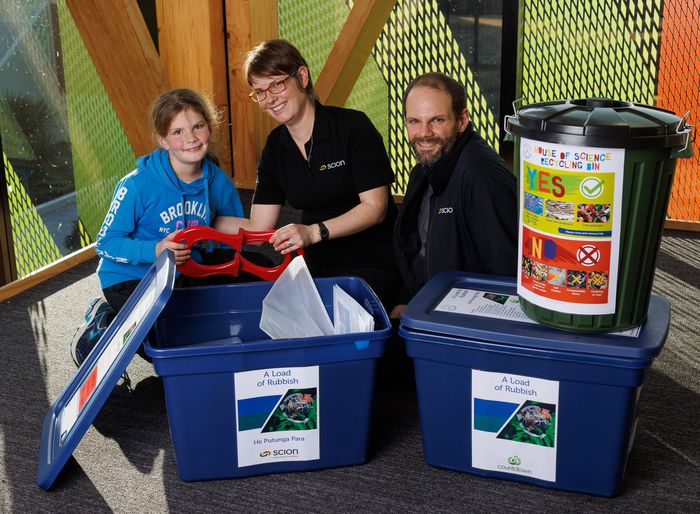
ENDS
